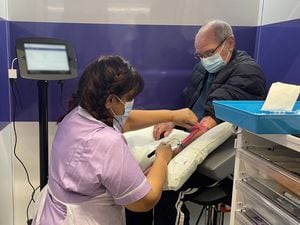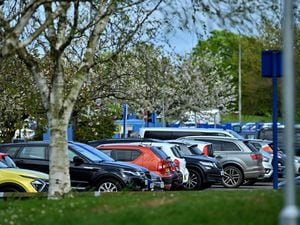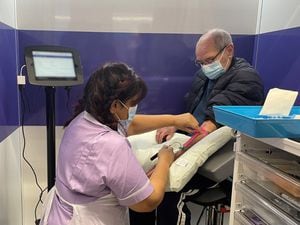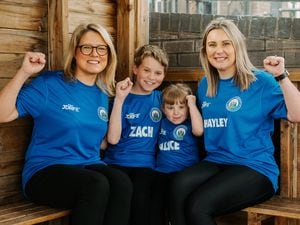111 switch could heap the pressure on Shropshire's A&E departments
A local health official has warned that the switch from Shropdoc to 111 may put extra strain on the county's struggling emergency services.

Last week the county's contract for out of hours medical care moved from Shropdoc to the national 111 line.
It comes as it was revealed that 111 in the West Midlands sent 25 per cent of callers to A&E in June.
Shropshire CCG Board papers reveal that Shropdoc had been sending around six per cent of callers an ambulance or directing them to A&E.
The county's A&E departments are already under considerable pressure, and for the first week of July they were ranked as the worst in England with fewer than 70 per cent of patients seen within four hours.
Imperfect
The health official – who did not want to be named – said that the "risk averse" 111 system, which relies on a computer algorithm to decide whether to send patients to A&E or to call an ambulance, is an imperfect system that will place an added burden on Shropshire's A&E units.
They said: "The main concern is the fact that 111 sends more patients an ambulance or to A&E and that is by virtue of it using a computer algorithm that is risk averse.
"The algorithm is called NHS Pathways and the powers that be know that it does this. It works okay for people between the ages of five and 70 who are just calling for simple health care advice, dental issues, or where the nearest pharmacist is, but as soon as you have any complexity, such as people with more than one condition, it does not work so well.
COMMENT: 111 move may cause more harm
"If you call with more than one condition the 111 call handler has to choose which symptom to put into the algorithm and therein lies part of the problem. These are issues that a GP or nurse might be able to disentangle."
They added: "My concern is no one is bold enough to talk about the thing that is staring at us all in the face, which is a headlong rush into an imperfect system. This happening nationally."
The official called on the county's MPs to put pressure on the Department of Health to ensure improvements are made to the system.
They said: "They won't turn the clock back on it at a national level so our MPs need to lobby the health department to acknowledge the flaws in the system and do something about it."
The health official also said that given the pressure on the county's emergency services, any added strain could have big implications.
Strain
They said: "The system is under such strain that just an extra, five, eight, ten patients at the door can push departments that are already struggling completely over."
The latest figures released by NHS England show that West Midlands sent 19,361 people to A&E in June 2018, 25 per cent of all callers.
This is up from 20 per cent in June 2014, when 13,151 patients were referred to casualty. That was the first year of full service for 111.
The service has become increasingly popular. West Midlands handled 78,858 calls in June 2018, up from 64,360 four years earlier.





